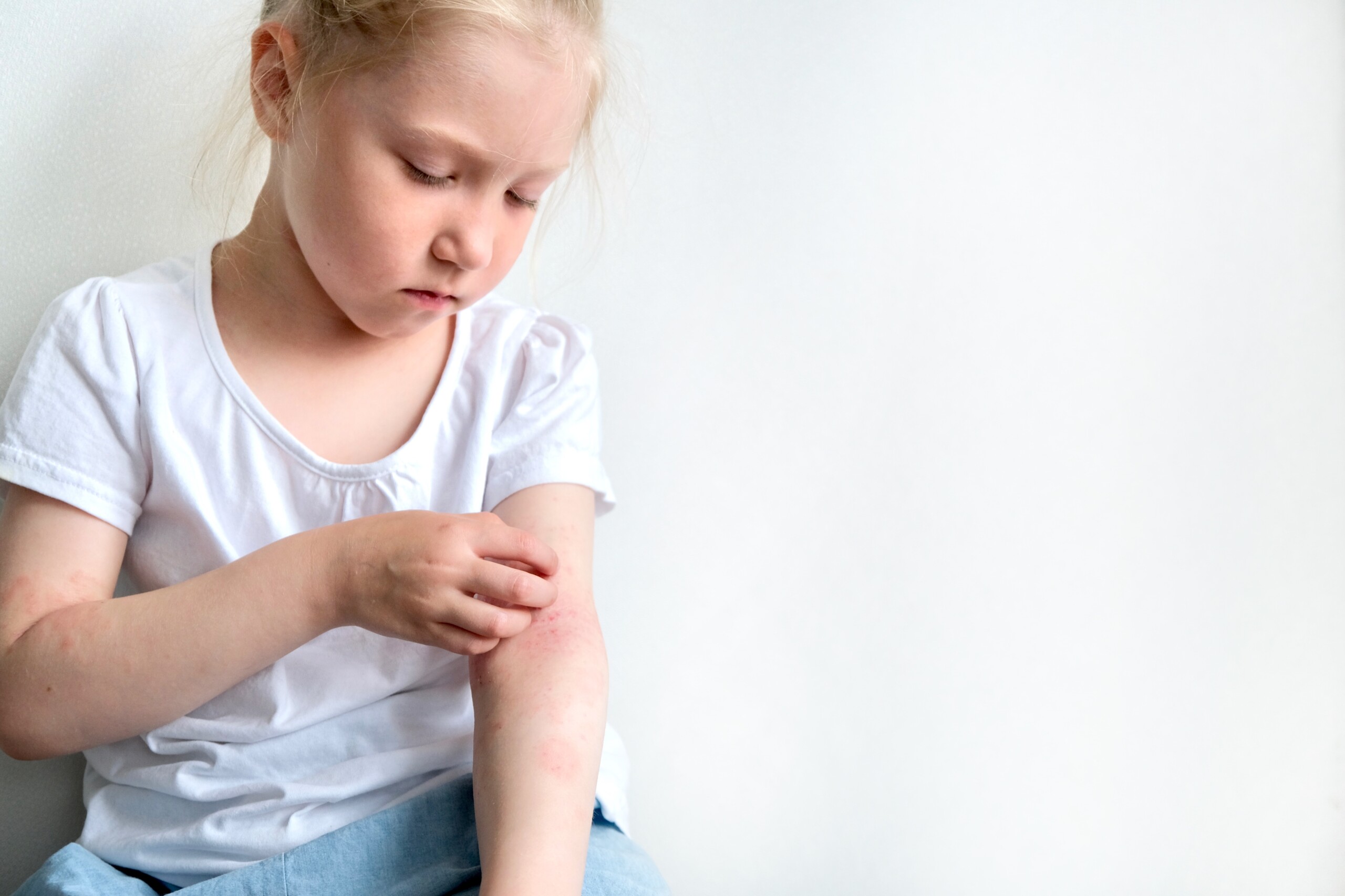Share
Author
Kohei Iguchi
Share
Understanding Histamine Foods and Your Eczema

Ever wondered what’s really going on when allergies like eczema, asthma, or hay fever flare up? The key player in every allergy reaction is a natural chemical in your body called histamine. Think of histamine as a messenger that tells your body to ramp up inflammation, produce more mucus, and widen blood vessels – which causes all those familiar (and often uncomfortable!) allergy symptoms. That’s why you might have heard of “anti”-histamines to help calm things down, especially with eczema.
But here’s something you might not know: certain foods can actually increase the histamine levels in your body! Let’s explore these “histamine foods” a little more closely. We can break them down into three main groups:
1. Foods Naturally High in Histamine
These are foods that already contain significant amounts of histamine. When you eat them, you’re essentially adding more histamine into your body. Interestingly, the histamine content in some foods can change depending on how they’re processed. For example, fresh fish has much less histamine than the same fish left in the fridge for a day. This happens because certain bacteria convert a molecule called histidine into histamine over time, particularly in things like meats, fish, and dairy.
Good news though! Keeping foods chilled in the fridge or, even better, in the freezer can really slow down this process. However, it’s worth noting that even with cold temperatures, some enzymes in food can still create more histamine. So, while cooling or freezing helps reduce a histamine surge, it doesn’t stop it completely.
2. Foods That Encourage Histamine Release
Some foods don’t necessarily have a lot of histamine themselves, but they can actually trigger your immune cells to release the histamine that’s already in your body. Your immune cells are pretty amazing – they can produce, store, and release histamine when needed, like when you’re fighting off infections or even during digestion and sleep regulation. While these histamine-releasing foods can sometimes worsen eczema symptoms, it seems that the foods naturally high in histamine tend to be more problematic, especially if you have something called histamine intolerance.
3. Foods That Block Histamine Breakdown
Lastly, let’s talk about how your body deals with histamine. You have a helpful enzyme called Diamine Oxidase (DAO) that breaks down histamine so it can be eliminated. Certain foods can actually block this enzyme from doing its job, which means histamine can stick around in your body for longer, potentially raising overall levels.
To give you a better idea, here are some common examples of histamine foods (keep in mind, this isn’t a complete list!):
High histamine-containing foods/drinks:
- Alcohol
- Cheese
- Cured/Smoked meats
- Shellfish
- Beans and pulses
- Cocoa-based products
- Tomatoes and spinach
Histamine-liberators:
- Alcohol
- Citrus fruit
- Tomatoes and spinach
- Additives – benzoate, sulphites, nitrites, glutamate
- Cocoa-based products
DAO enzyme-blockers:
- Alcohol
- Black/Mate tea
- Energy drinks
For a full list of high and low-histamine foods, you can visit websites like the Mast Cell 360 website for a comprehensive guide. Click HERE to visit the website.
It’s also worth noting that certain medications can also raise your histamine levels. If you’ve noticed your eczema getting worse after starting a new medication, it’s a good idea to chat with your doctor about it. Some examples include antidepressants, anti-inflammatory medications, antibiotics, blood pressure medications, muscle relaxants, diuretics, and opioids.
Here’s a really important takeaway: eating “histamine foods” doesn’t necessarily mean you’re allergic or intolerant to them. Food allergies trigger a specific immune response, whereas high-histamine foods simply add to the overall histamine load in your system, which can then worsen your existing allergy symptoms. Think of it like adding fuel to a fire that’s already burning – it makes it bigger, but it might not have been what started the fire in the first place. The same goes for food intolerances.
This is why I often advise focusing on reducing the total amount of histamine-rich foods you eat rather than completely eliminating them. It’s quite time-consuming and takes a lot of effort to completely cut out high-histamine foods from your diet, which can become stressful. The general aim here is to just lessen the load on your body to provide some relief.
But just remember, it is possible to have hidden allergies or intolerances within the list of high-histamine foods. For instance, you might be allergic to soy, which happens to be a histamine-rich food. This can sometimes make things a bit confusing at first! If you’ve reduced most histamine foods but aren’t seeing much improvement, it may be because soy is still lurking in your diet. Foods that you’re allergic to will be more problematic for you than foods high in histamine, and so it might be time to dig a little deeper. This is where things like allergy testing, keeping a symptom diary, and working with a naturopath can be really helpful in navigating your dietary adjustments.
What are your experiences with histamine and your health? Share your thoughts in the comments below!

